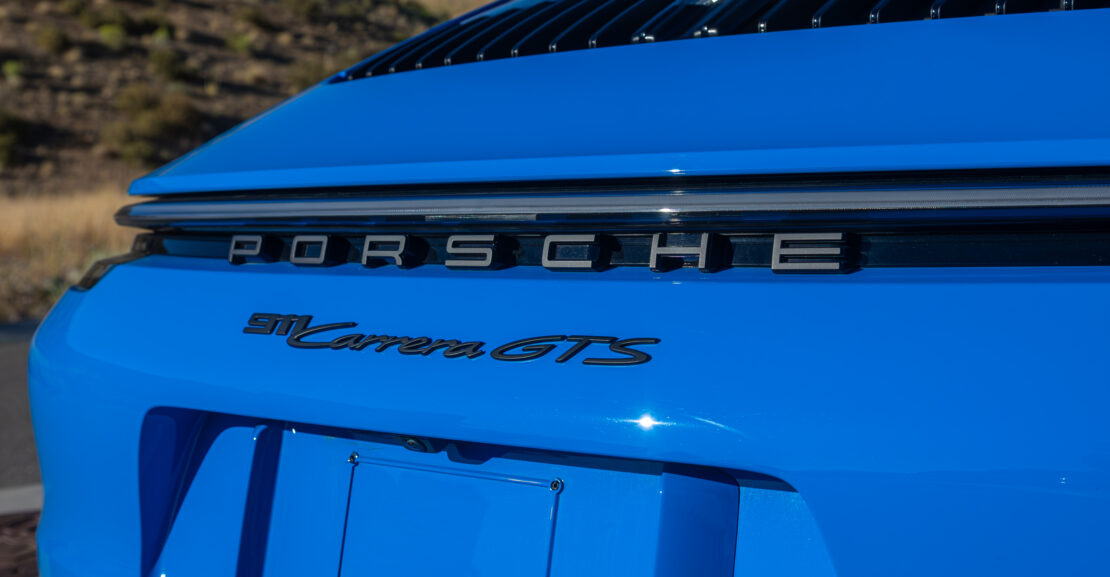What drives your curiosity about American cars? If you’re searching for the essence of American automotive culture, the conversation often circles back to what many call the “Big Three”—Ford, General Motors (GM), and Stellantis (formerly Chrysler). These manufacturers have played pivotal roles in shaping the automotive industry in the United States. This article will take you through the history, flagship models, and current standings of these iconic brands.
The History of the American Big Three
Understanding the Big Three requires a glance at their history. These companies emerged during the early 20th century, around the time when cars transitioned from luxuries for the wealthy to everyday necessities for the masses. Ford introduced the assembly line, revolutionizing manufacturing and making cars affordable for everyday Americans.
General Motors formed in 1908, acquiring several car brands that helped it offer a wider variety of vehicles. Meanwhile, Chrysler, founded in 1925, would quickly become known for its innovative engineering and stylish designs.
Early Challenges and Triumphs
As the years progressed, these manufacturers faced numerous challenges, including economic downturns, shifts in consumer preferences, and global competition. They each adapted to these changes in unique ways. For example, during the Great Depression, the Big Three implemented cost-saving measures to survive. This willingness to adapt would set the stage for future successes.
Post-War Boom
After World War II, Americans experienced a boom in prosperity, and the automotive industry thrived. Cars became symbols of freedom and success, with the Big Three leading the way in design and innovation. Models like the Ford Mustang and Chevrolet Corvette gained legendary status. During this time, American cars became synonymous with power, style, and luxury.
The Oil Crisis and Economic Pressures
The 1970s brought the oil crisis, forcing automakers to rethink their designs and fuel efficiency. Detroit was slow to respond to the influx of compact and efficient foreign cars, leading to significant market losses. The companies learned valuable lessons about agility and consumer preferences and began shifting their focus on efficiency.
The Flagship Brands
To fully appreciate the Big Three, learn about their flagship brands and some iconic models that have defined them over the years.
Ford
Ford has a rich heritage, starting with models like the Model T and evolving into present-day vehicles that offer a blend of performance and technology.
Iconic Models
- Ford Mustang: Launched in 1964, the Mustang defined the “pony car” segment, offering a mix of performance and style.
- Ford F-Series: The F-150 and its derivatives have dominated the truck market for decades, consistently ranking as America’s best-selling vehicle.
General Motors
General Motors owns several brands, including Chevrolet, GMC, Cadillac, and Buick. Each brand targets different consumers, providing a wide array of vehicles from compact cars to luxury SUVs.
Iconic Models
- Chevrolet Corvette: Known as “America’s Sports Car,” the Corvette has been a symbol of American performance since 1953.
- Chevrolet Silverado: This pickup truck rivals Ford’s F-Series in sales and reputation, offering durability and capability.
Stellantis (Chrysler)
Stellantis is the name you may not be as familiar with, but Chrysler has an extensive history in the American auto industry. It offers a varied lineup of vehicles, often focusing on family-friendly and performance-oriented models.
Iconic Models
- Chrysler 300: This full-size sedan combines luxury with performance, becoming a popular choice for those seeking a blend of both.
- Jeep Wrangler: A symbol of adventure and ruggedness, the Wrangler epitomizes off-road capability and has a loyal following.
Current Landscape
Today, the automotive industry looks daunting with new competitors like electric vehicle (EV) companies entering the market. However, the Big Three continue to adapt and innovate, focusing on sustainability and technology.
Electric Vehicles
All three companies have announced substantial investments in electric vehicles. Ford’s Mustang Mach-E and GM’s Ford Hummer EV showcase their commitment to sustainability while retaining the performance and style their customers expect.
Cultural Impact
The Big Three profoundly influence American culture. Their vehicles represent freedom, adventure, and even nostalgia for many consumers. Movies, music, and everyday life often include references to these car brands, connecting them to American identity.
Looking Ahead
The future holds both challenges and opportunities. As consumer preferences shift toward more environmentally friendly options, automakers are pivoting accordingly. The Big Three are not just trying to catch up; they are getting a front-row seat to the evolution of transportation.
Conclusion
Knowing about the Big Three helps you understand not just the American automotive industry but also a significant slice of American history and culture. Ford, General Motors, and Stellantis have each played essential roles in shaping how we view cars and driving.
If you have questions about exotic cars or want to learn more about automobile options—whether they’re American classics or modern EVs—consider visiting Xclusive Automotive Group.
Visit Xclusive Automotive Group
Open Monday through Friday from 10:00 AM to 7:00 PM, and Saturday from 10:00 AM to 6:00 PM, they can guide you through all your exotic car inquiries.
- Address: 14505 Hayden Rd, Suite 100, Scottsdale, AZ 85260
- Phone: (480) 997-0561
- Map: Google Maps Link
- Website: Xclusive Automotive Group
Whether you’re looking to buy, sell, or just learn more about cars, they’re ready to help you out.
The evolution of the Big Three reminds us that in the world of automobiles, change is constant, but the passion for cars remains timeless.


